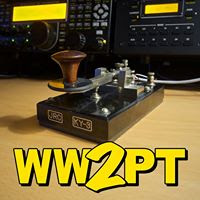Antares Crayford & Sirius Mount Tests
It's been a good month since my defective Sirius mount was swapped out for a replacement, and it wasn't until tonight that I finally got a chance to use it. I'm not too pleased, frankly. There are paint chips all over it and a good sized gash on one of the panels; it looks as though it is a repacked factory second unit. And the polar alignment scope is so over-illuminated that it is impossible to see through it - all I see is a washed out red light. Plus, there is a high-pitched oscillating whistle emanating from the mount head which was not present in the original mount.
Not sure what can be done at this point, it's been a month since the swap (and two since the original purchase). I removed the polar scope and can see that the red LED is dead center in the optical path; maybe it needs to be repositioned. This is what I get for trying to save money, I suppose - I should have saved a little longer and bought the Vixen Sphinx. As my brother always says, "You buy shit, you get shit."
On a happier note, the new Crayford works very well. It has just enough back travel to focus all of my Vixen LVW eyepieces. I didn't try the Powermate or either camera (EOS & Neximage), but I primarily intend to use the 127mm as a visual instrument anyway. Worst case, I will need to buy an extender. I already need to buy one for my TV85, so it is moot.
Did the go-to alignment song and dance again with the Sirius. Tried 1-Star and 3-Star, neither worked very well. I need to get that Telrad mounted, and soon, because the straight finder scope is danger of going in the lake. Another week or two and I'll be able to see Polaris, so that should help with alignment. Until then, my hair is thinning rapidly. I wasn't planning on doing any real observing since it is a work night, but did get a few nice peeks at M31, M29 and M57 before packing it in.













